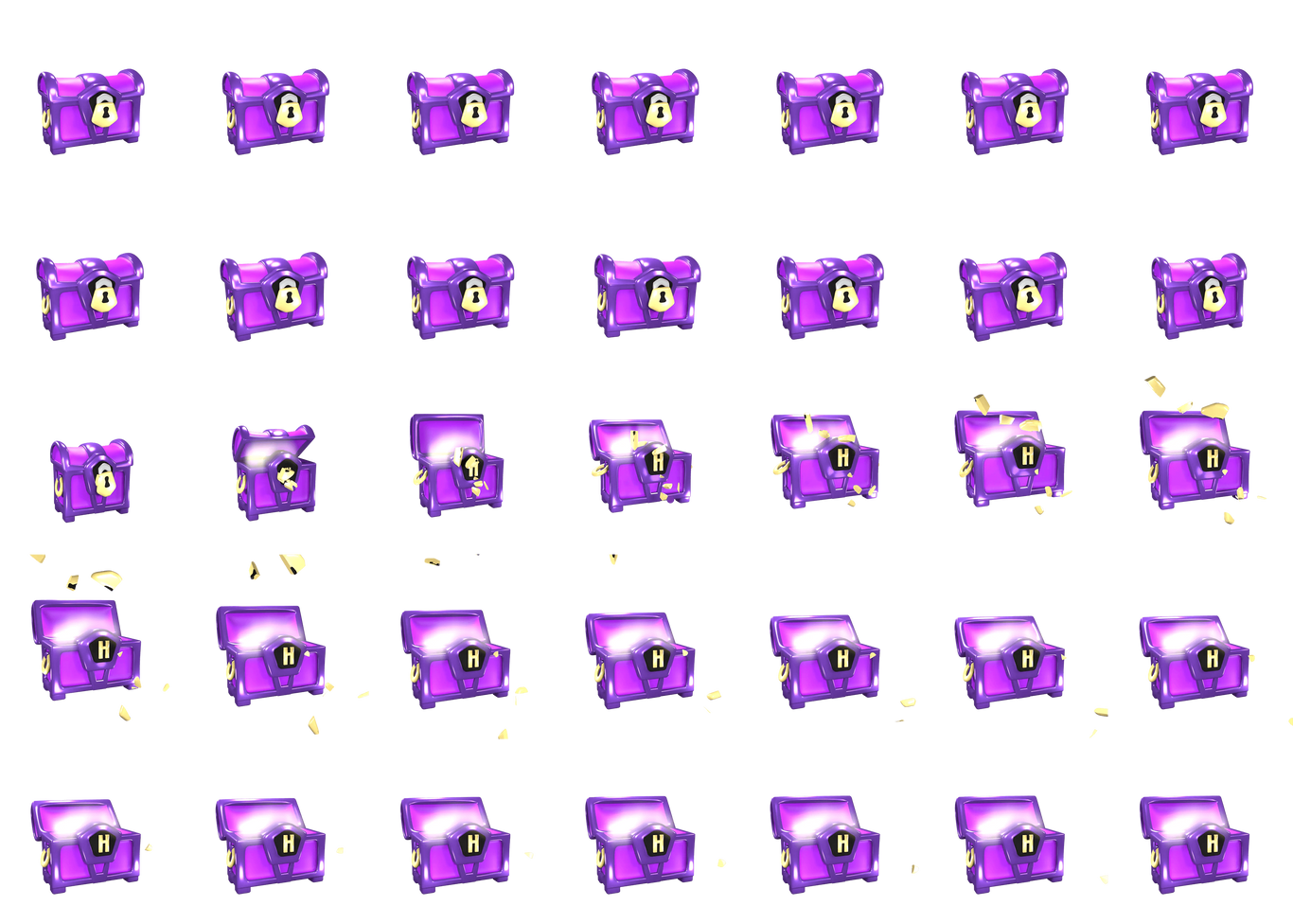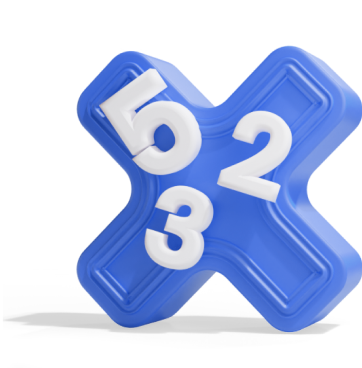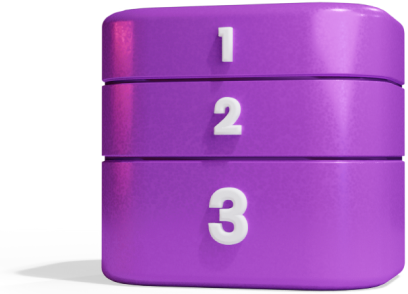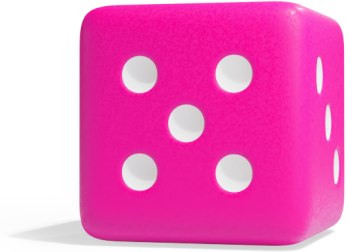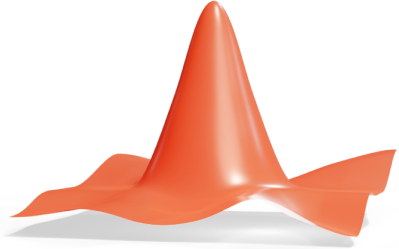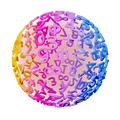7th Grade
How Do You Make a Uniform Probability Model?
{
"voice_prompt": "",
"manuscript": {
"title": {
"text": "How Do You Make a Uniform Probability Model?",
"audio": "How Do You Make a Uniform Probability Model?"
},
"description": {
"text": "You make a uniform probability model by listing all possible outcomes and making sure each one is equally likely.",
"audio": "You make a uniform probability model by listing all possible outcomes and making sure each one is equally likely."
},
"scenes": [
{
"text": "Let\u2019s build a probability model using a six-sided die. A probability model shows all the possible outcomes and how likely each one is to happen.",
"latex": "a+b",
"pop_animation_prompt": "Create pop animations for the mathematical expression \"a+b\". First, pop the symbol \"a\" (S1.a), then the operator \"+\" (S1.+), and finally the symbol \"b\" (S1.b) as they are referenced in sequence."
},
{
"text": "Step 1: List the sample space. This means writing down all the possible outcomes when you roll the die. A regular die has six sides, numbered 1 through 6. You can imagine each outcome as a box in a row, all the same size, since they\u2019re equally likely.",
"latex": "\\text{Sample space: } \\{1 , 2 , 3 , 4 , 5 , 6\\}",
"pop_animation_prompt": "Create pop animations for the mathematical expression based on the following references in the transcript: First, pop the word \"sample\" from the sample space expression when mentioned. Then, sequentially pop the numbers 1 through 6 as they are referenced, starting with 1 and ending with 6. Ensure each number pops individually to emphasize the sequence of outcomes on a die."
},
{
"text": "Step 2: Choose an event you want to know the probability of. Let\u2019s say you want to know the chance of rolling a number that is greater than 4. That means you\u2019re interested in the numbers 5 and 6.",
"latex": "P(>4) \\text{Favorable outcomes: } \\{5 , 6\\}",
"pop_animation_prompt": "Create pop animations for the numbers referenced in the transcript. First, pop the number \"5\" when it is mentioned in the phrase \"interested in the numbers 5\". Then, pop the number \"6\" when it is mentioned in the phrase \"and 6\". Ensure the pop animations are synchronized with the corresponding references in the transcript."
},
{
"text": "Step 3: Count how many outcomes are favorable. There are two. Now count the total outcomes in the sample space. There are six. Then divide. Two divided by six equals one third.",
"latex": "P(>4) = \\frac{2}{6} = \\frac{1}{3}",
"pop_animation_prompt": "Create pop animations for the following elements in sequence: First, pop the numerator \"2\" (S4.2) when \"two\" is mentioned. Next, pop the denominator \"6\" (S4.6) when \"six\" is mentioned. Then, pop both \"2\" (S4.2) and \"6\" (S4.6) again when \"Two divided by six\" is mentioned. Finally, pop the fraction \"1/3\" (S4.frac13) when \"equals 1/3\" is mentioned."
},
{
"text": "Now we\u2019ve made a simple probability model! It tells you there\u2019s a one out of three chance of rolling a number greater than 4. Because each side of the die is equally likely, this is called a uniform probability model.",
"latex": "\\text{Each outcome: } \\frac{1}{6}",
"pop_animation_prompt": "Create pop animations for the mathematical expression. First, pop the entire expression \"Each outcome: \\(\\frac{1}{6}\\)\" when it is first referenced. Then, pop the fraction \"\\(\\frac{1}{6}\\)\" separately to emphasize the probability value. Ensure the pop animations align with the explanation of the uniform probability model."
}
],
"outro": {
"text": "You can make a uniform probability model by listing all the possible outcomes and making sure each one is equally likely. Then you can count how many outcomes match your event and compare that to the total.",
"audio": "You can make a uniform probability model by listing all the possible outcomes and making sure each one is equally likely. Then you can count how many outcomes match your event and compare that to the total."
}
}
}
